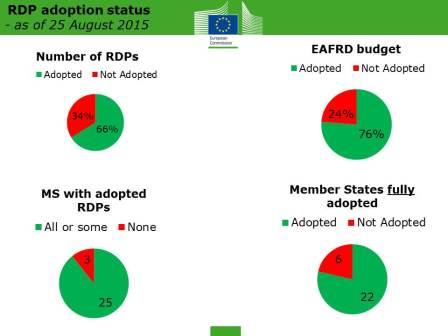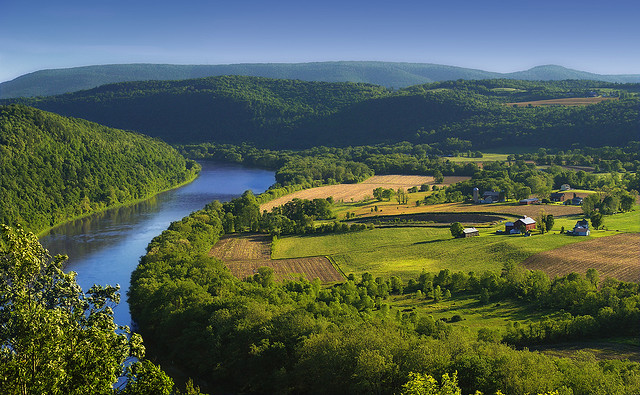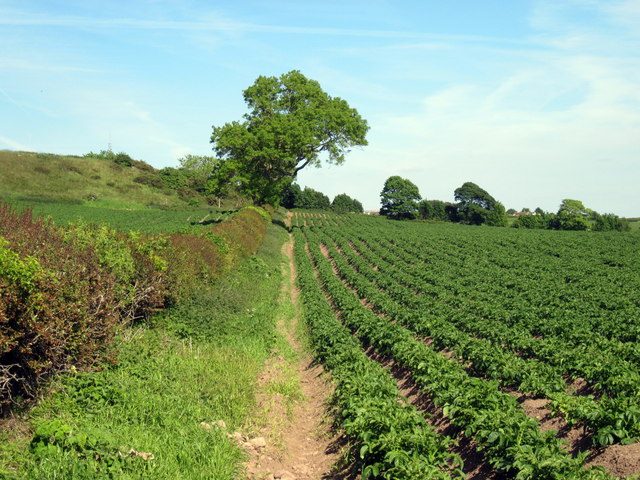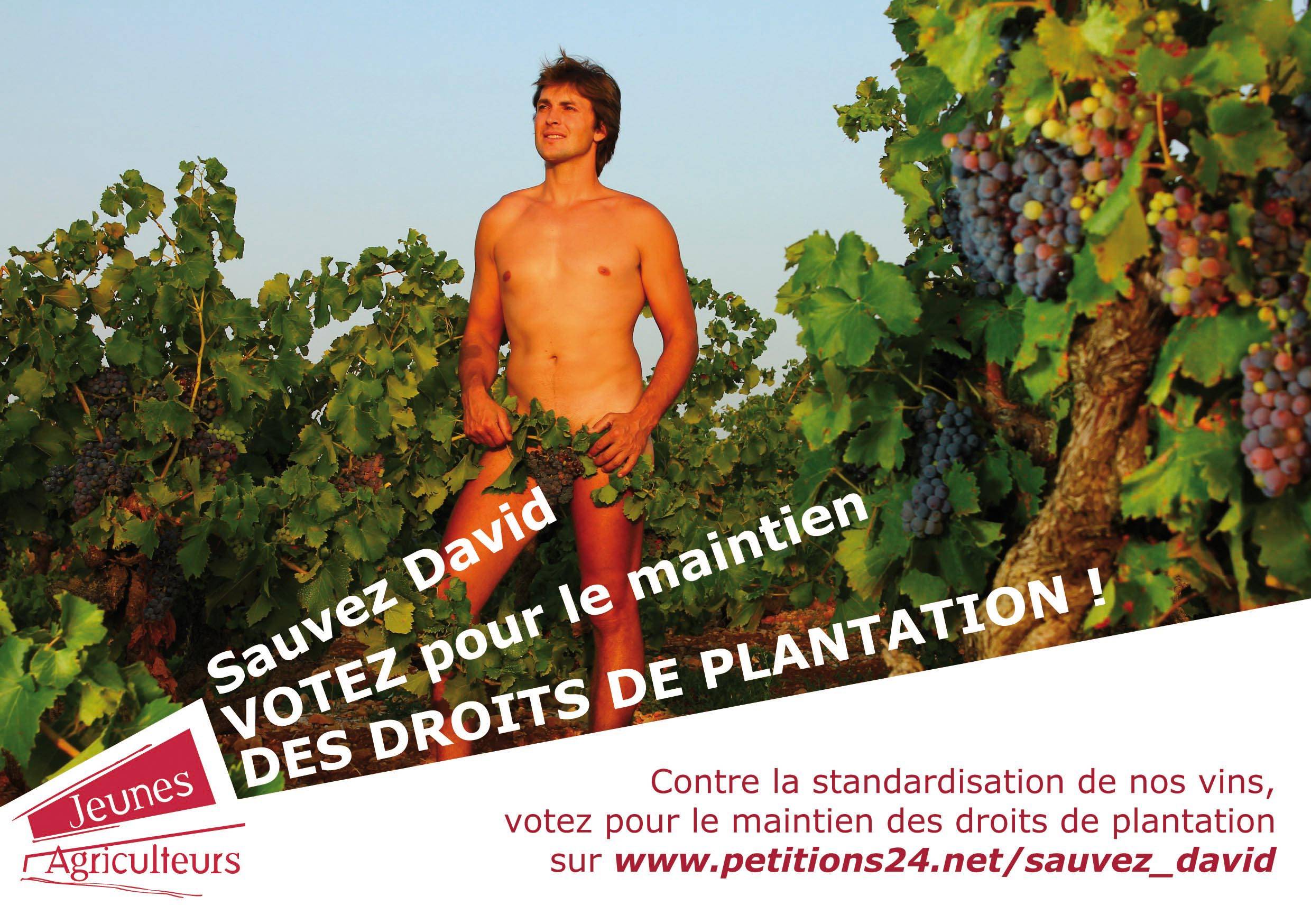An extraordinary meeting of the Agriculture Council will be held tomorrow Monday 7 September to discuss the difficult situation on agricultural markets. The Luxembourg Presidency has floated a number of ideas for discussion to address problems in the dairy, pork and fruit and vegetable markets, and the Commissioner is expected to table a package of measures.
Farmers will be out in force in Brussels to make their case for further assistance to the sector. In this post, I look at the options being discussed to address the dairy situation in particular. In a separate post, I examine the background to the milk market situation to explain why farmers will be protesting in Brussels tomorrow.… Read the rest
Status update on Rural Development Programmes
DG AGRI was able to announce in this past week that it had approved a further 5 Rural Development Programmes (RDPs) for the period 2014-2020. This means that 78 of the 118 RDPs have now been adopted covering 76.6% of the envisaged funding. The state of play (as of the end of August) is shown in the graphic below. Note that one-third of RDPs still remain to be adopted at this point, even if they account for less than 25% of the envisaged expenditure.
 Source: DG AGRI
Source: DG AGRI
Reasons for delays need to be examined
When the approval exercise is completed, we will need an investigation into the reasons for these unacceptable delays and some allocation of responsibility between possible contributing factors.… Read the rest
Scrap the crop diversification greening requirement and find a sensible replacement
Here is a suggestion for the Commissioner’s simplification agenda: scrap the crop diversification requirement, which is one of the three ‘simple, generalised, non-contractual and annual actions that go beyond cross-compliance’ that make up the requirements for eligibility for the greening payment in the CAP’s Pillar 1. And use the money saved (up to half of the greening budget, or €6.1 billion in 2015) to promote improvements in soil organic matter (the main environmental objective of crop diversification) in a more cost-effective way.
The crop diversification greening measure is a scandalous waste of resources. Not only does the EU notionally spend €6 billion annually on this measure for virtually no environmental or other impact (as we will see).… Read the rest
Should we limit methane emissions as part of air quality policy?
Last week the European Parliament’s Environment Committee (COMENVI) narrowly voted to adopt a report on the Commission’s proposal for a revised National Emissions Ceiling Directive (NECD). The NECD is one of the main measures designed to achieve the EU’s air quality targets in 2020 and 2030 under the Thematic Strategy on Air Pollution. The Commission’s proposal would tighten limits on emissions of sulphur dioxide (SO2), nitrogen oxides (NOx), non-methane volatile organic compounds (NMVOC) and ammonia (NH3) that each member state could emit for the period from 2020 to 2030 as well as introducing limits for the first time on the amount of methane (CH4) emissions after 2030.… Read the rest
Prospects for CAP reform after 2020
Even though the ink is hardly dry on the 2013 CAP reform, thoughts are turning already to the prospects for the next reform. I have already discussed some aspects relevant to the CAP post 2020 in this post, focusing in particular on a possible timetable of reform and some political economy issues likely to be important in determining the scope and ambition of any revision to the current regulations. I subsequently elaborated that post as a chapter in a book edited by Jo Swinnen on The Political Economy of the 2014-2020 Common Agricultural Policy: An Imperfect Storm which will be published next month (more on that book in due course).… Read the rest
Food Wise 2025 agri-food strategy launched in Ireland
Last week the Irish government launched the latest in a series of rolling ten-year strategies for the Irish agri-food sector called Food Wise 2025 (FW2025). The report follows in the footsteps of Agri Food 2010 (published in 2000), Agri Vision 2015, Food Harvest 2020 (full disclosure: I was a member of the committees that drafted those two reports) and now Food Wise 2025. In this post, I review the latest strategy and comment, in particular, on its environmental implications.
While Food Harvest 2020 (FH2020) contained a number of detailed sectoral targets, Food Wise 2025 avoids this level of quantification and contains just four headline aspirations:
• increase the value of agri food exports by 85% to €19 billion,
• increase value added to the sector by 70% to €13 billion,
• increase the value of primary production by 65% to €10 billion.… Read the rest
Including LULUCF in the EU’s 2030 climate policy target
Today, Thursday 18 June, is the closing date for the Commission’s consultation on addressing greenhouse gas emissions from agriculture and land use, land use change and forestry (LULUCF) in the context of the 2030 EU climate and energy framework. The consultation will be followed by a Commission proposal in the course of next year (2016). This proposal will be a very significant initiative, and will have large implications for land use within the EU, as well as determining the severity of member state mitigation targets under the Effort Sharing Decision (ESD) to 2030.
Background
In 2012, agricultural non-CO2 emissions amounted to 10.3% of total emissions in the EU.… Read the rest
Levelling the playing field for land-based enterprises in Ireland
Ireland faces particular challenges in meeting the EU’s 2030 member state climate targets when these are set as part of a new Effort Sharing Decision in the next few years. The overall target agreed at the European Council meeting in October 2014 for the sectors not covered by the EU’s Emissions Trading Scheme is a reduction of 30% by 2030 compared to 2005, with individual member state targets differentiated between reductions of 0% to -40%. Ireland’s 2020 target is a reduction of 20% over 2005 levels.
Ireland’s overall 2030 target for the non-ETS sectors will be set partly on the basis of its relative GDP per capita but also taking account of the high share of agricultural emissions (around 45%) in its non-ETS total.… Read the rest
Removal of vineyard planting rights will require another French Revolution
In 2008, as part of the CAP Health Check, the Agricultural Council agreed to eliminate restrictions on the planting of new vines, albeit cautiously and over a period up to 2015, with the possibility for individual member states to extend this to 2018. Planting limitations have been a part of the CAP since the early 1960s, and there has been a total ban on new plantings of table wines since 1976 which was expanded to include quality wines in 1984.
The 2008 decision was taken to make European wine producers more competitive, to stem the loss of market share both inside and outside the EU, and was in line with the decisions to also remove supply controls in the dairy and sugar sectors.… Read the rest
Food prices, poverty and the CAP
The Fabian Society in the UK has established a Commission on Food and Poverty to examine how poverty relates to the food system. The Commission published an interim report in March based on the initial evidence it has gathered. The Commission’s approach is to look at access to food, health outcomes and what the consequences of the ways the food system operates are for low-income households in the UK and consequently elsewhere.
I recently made a submission to the Commission on the way in which agricultural policy affects food prices and the implications this might have for consumption, nutrition and health.… Read the rest





